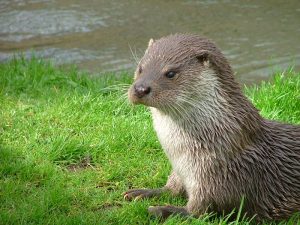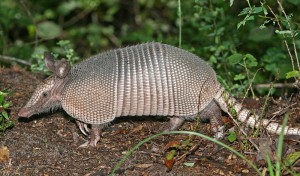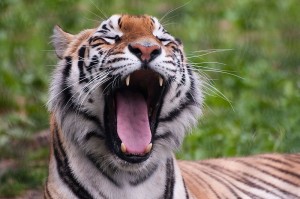Keeping CO2 bogged down
As a result of our temperate climate we are gifted with an incredibly interesting wetland habitat; the bog!
 Image: By Abrget47j (Own work) [CC BY-SA 3.0 (http://creativecommons.org/licenses/by-sa/3.0)], via Wikimedia Commons
Image: By Abrget47j (Own work) [CC BY-SA 3.0 (http://creativecommons.org/licenses/by-sa/3.0)], via Wikimedia Commons As a result of our temperate climate we are gifted with an incredibly interesting wetland habitat; the bog. The importance of these habitats is often overlooked but they play a big role in both carbon sequestration and biodiversity in the UK. Peat is a much loved fertiliser for gardens and still serves as a source of fuel for comfortable fires. Peat bogs continue to be harvested, burned, overgrazed and drained. What effect could this have on the UK and worldwide?
Carbon Sinks
With climate change very high on the agenda these days we are all aiming to reduce our carbon footprint. In the UK it estimated that woodlands contain around 90 million tonnes of carbon but when it comes to carbon sequestration, bogs far surpass woodlands as they are estimated to contain around 3 billion tonnes of carbon. This carbon is stored and very slowly released over long periods of time. The reason bogs are so good at locking in carbon is because they are constantly waterlogged and therefore anaerobic; they don’t contain oxygen. This means that when plant material degrades it is stored as carbon rather than released as CO2.
However, once a bog is disturbed by drainage and harvesting, it is no longer anaerobic and becomes oxidised by air and releases the stored carbon as CO2. By losing just 5% of our bogs, it is estimated that the equivalent of the UKs annual carbon emissions will be released into the atmosphere (Guardian, 2011). This is why it is important to protect these valuable carbon sinks.
Biodiversity
Bogs provide the perfect habitat for a wide range of plants which are specially adapted to live in them. One example is round leaved sundew, an insectivorous plant, which has adapted to eating insects because of the lack of nutrients, such as nitrogen, that are available. It supplements this by extracting ammonia from insect prey. As well as plants, bogs are home to wide variety of insects and amphibians. They also provide important nesting sites for the likes of hen harriers and the short eared owl.
It’s not sustainable
Bogs probably aren’t the most visually stimulating or particularly attractive habitats and most people would hate to walk through one. None the less, bogs play a crucial role, not just in the UK but throughout the world, holding around 20% of the world’s terrestrial carbon. The restoration of bogs is on-going in the UK but, unfortunately, peats’ incredibly slow growth rate of around 1mm per year means that if we don’t stop destroying bogs we will lose them long before we can restore them.





No comments yet.